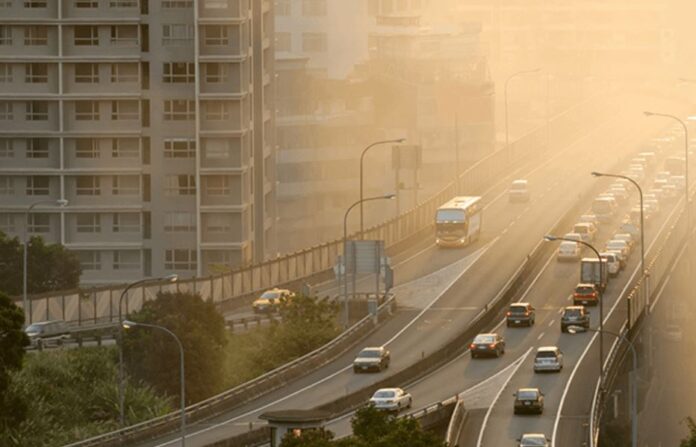India’s Supreme Court has declared the right to live in a pollution-free environment as fundamental, urging government authorities to take immediate action against worsening air quality in the northern regions, particularly in the capital, New Delhi, which is preparing for its notorious winter haze.
On Wednesday, Delhi recorded an air quality index (AQI) of 364, classified as “very poor” by the Central Pollution Control Board. AQI levels below 50 are considered good. In live rankings published by Swiss air quality group IQAir, Delhi topped the list as the world’s most polluted city.
The city grapples with hazardous air every winter, with much of the pollution attributed to the illegal burning of paddy stubble by farmers in the neighboring agricultural states of Punjab and Haryana. The Supreme Court expressed dissatisfaction with the selective enforcement of regulations in these states, criticizing the ineffective implementation of penalties for stubble burning.
“These issues go beyond just enforcing existing laws; they are blatant violations of fundamental rights. The governments must address how they will protect citizens’ rights to live with dignity,” the court said in a stern statement.
The Supreme Court also directed the central government to review a proposal from Punjab, requesting additional funds to supply tractors and diesel to farmers with small landholdings—those with less than 10 acres—aiming to reduce stubble burning practices.
As Delhi braces for its annual pollution crisis, colder temperatures exacerbate the situation by trapping vehicle emissions, construction dust, and smoke under a thick, toxic smog. Despite repeated interventions by the Supreme Court, experts say that enforcement of anti-pollution measures remains inadequate.
The court’s latest push underscores the urgent need for stronger, more consistent actions to safeguard public health in one of the world’s most polluted urban areas.
Key Facts on Delhi’s Pollution Dangers
- World’s Most Polluted Capital: Delhi frequently ranks among the world’s most polluted cities, often topping global air quality charts during winter months.
- Hazardous Air Quality Levels: The city’s Air Quality Index (AQI) regularly exceeds 300, placing it in the “hazardous” category. Prolonged exposure to such air can cause severe respiratory and cardiovascular problems.
- High Respiratory Illness Rates: The toxic smog in Delhi is linked to increasing cases of asthma, bronchitis, and other respiratory ailments, especially in children and the elderly.
- Vehicle Emissions and Industrial Smoke: A significant portion of Delhi’s air pollution comes from vehicular emissions, construction dust, and industrial smoke, worsened by stagnant winter air.
- Crop Stubble Burning: Every winter, smoke from burning agricultural waste in neighboring states like Punjab and Haryana drifts into Delhi, further intensifying air pollution.
- Shortened Life Expectancy: Studies suggest that living in Delhi’s polluted air can reduce life expectancy by as much as 9.7 years due to long-term exposure to harmful pollutants like PM2.5.
- Smog Trapping: Cold winter air combined with high pollution levels causes a phenomenon known as “smog trapping,” where pollutants become concentrated near the ground, leading to dangerously low visibility and toxic air.



